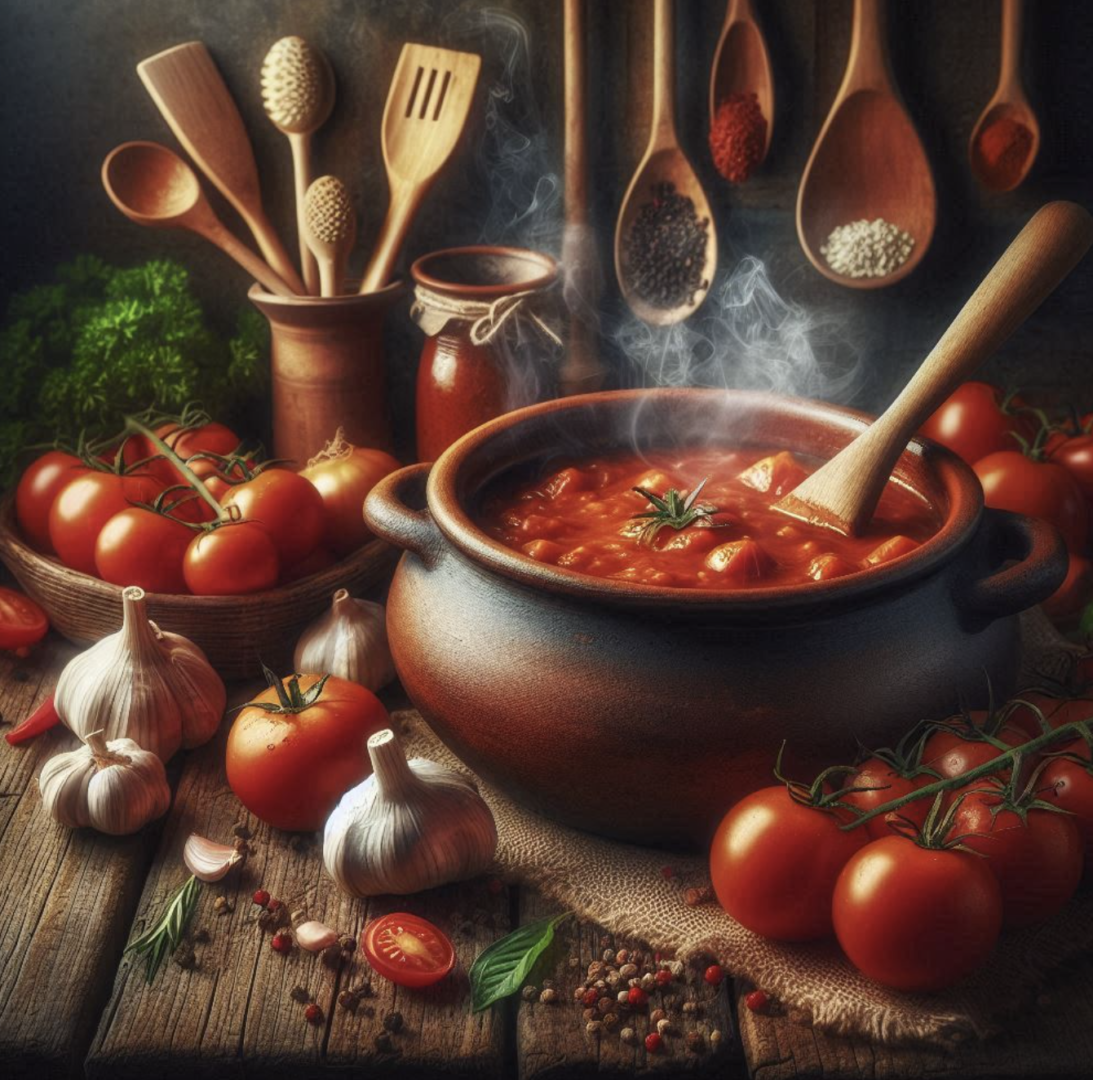Search Posts
Recent Posts
- Vinny Paz to be inducted TODAY into the International Boxing Hall of Fame – CES Boxing June 7, 2025
- In the News… quick recap of the week’s news (6.7.25) June 7, 2025
- Burn with Kearns: Strong without the spend: How scraps became strength tools – Kevin Kearns June 7, 2025
- Rhode Island Weather for June 7, 2025 – Jack Donnelly June 7, 2025
- How to advocate for threatened properties: The Heritage Alliance of Pawtucket June 7, 2025
Categories
Subscribe!
Thanks for subscribing! Please check your email for further instructions.

Ask Chef Walter: Sauce or Gravy? – Walter Potenza
by Executive Chef Walter Potenza, contributing writer
Dear Friends:
The terms’ sauce’ and ‘gravy’ are not just culinary terms but carry a significant cultural weight, especially within the Italian-American community. These terms often evoke memories of family gatherings and traditional meals. Today, we delve into the nuanced differences between sauce and Gravy, which often sparks lively debates and confusion, highlighting the cultural and linguistic influences shaping these culinary traditions.
Let’s begin by defining the technicals:
What is a Sauce? A sauce is a liquid or semi-liquid substance served as a complement to food. Sauces are typically made by combining various ingredients, such as vegetables, herbs, spices, and sometimes meat, to enhance the flavor of a dish. Classic examples include tomato sauce, béchamel, and hollandaise. Sauces can be smooth or chunky and vary widely in complexity and preparation methods.
For instance, a pasta dish might be served with a tomato-based sauce, while a rich mushroom sauce could accompany a steak.
What is Gravy? Gravy is a sauce made from juices that naturally drip from meats as they cook. These juices are often thickened with flour or cornstarch to create a rich, flavorful accompaniment to roasted meats. Traditional gravies include brown Gravy, made from beef drippings, and poultry gravy, made from the drippings of roasted chicken or turkey. The process of making gravy, which involves capturing and thickening meat juices, is a critical factor that distinguishes it from other types of sauces.
The Italian-American Confusion: Sauce vs. Gravy
The confusion surrounding the terms’ sauce’ and ‘gravy’ among Italian-Americans, particularly those in the Northeastern United States, is a fascinating blend of linguistic, cultural, and historical factors. This complex interplay of language and culture adds a layer of intrigue to the debate, making it a topic worth exploring.
1. Linguistic Influence: The root of the ‘sauce’ and ‘gravy’ debate among Italian-Americans can be traced back to the Italian language. In Italian, ‘sugo’ refers to a sauce made from meat juices. In contrast, ‘salsa’ refers to a broader category of sauces made from vegetables and other ingredients. These terms have a long history in the Italian culinary tradition, with ‘sugo’ used to describe meat-based sauces since the Middle Ages.
When Italian immigrants arrived in America, they brought their culinary traditions. Over time, ‘sugo’ became associated with the rich, meat-based tomato sauces they commonly prepared, leading to the term ‘gravy.’
2. Cultural Adaptation: Italian immigrants adapted their recipes to the ingredients available in America. The term ‘Sunday Gravy’ emerged to describe the hearty, meat-laden tomato sauce traditionally prepared for Sunday family dinners. This dish, which often includes a variety of meats such as sausage, meatballs, and pork ribs, resembled the gravies made from meat drippings familiar to American cuisine. The tradition of preparing ‘Sunday Gravy’ is a testament to the importance of family and food in the Italian-American community.
3. Regional Variations: ‘Gravy’ versus ‘sauce’ can vary significantly even within the various Italian-American communities, often adding another layer of complexity to the debate. Families from Southern Italy, where tomato-based sauces are more prevalent, might be more likely to use ‘gravy’ to describe their meat-enriched tomato sauces. Conversely, Italian-Americans from other regions might stick with ‘sauce.’ This regional variation reflects the diverse culinary traditions brought by Italian immigrants to America.
The use of ‘sauce’ or ‘gravy’ is not just a matter of personal preference; it reflects the evolving culinary landscape within the Italian-American community. The influence of broader culinary trends and education on younger generations and the traditions of their immigrant ancestors held by older generations create a dynamic and evolving culinary tradition. This aspect of the debate highlights culinary traditions’ living, breathing nature, making it a fascinating topic to explore.

Sicily Food + Wine Tour September 30 – October 7, 2024
The final thought!
While “sauce” and “gravy” have distinct definitions in the culinary world, the Italian-American experience has blurred these lines, leading to a unique cultural and linguistic phenomenon.
Educating ourselves and understanding these differences enriches our appreciation for the rich tapestry of Italian-American cuisine and how immigrant communities adapt and preserve their culinary heritage. Whether you call it sauce or Gravy, the most crucial aspect remains the shared experience of family, tradition, and the joy of a home-cooked meal.
www.chefwalterscookingschool.com
Heading Photo: F + K Proprietary
_

